Kids connecting with Kakadu country
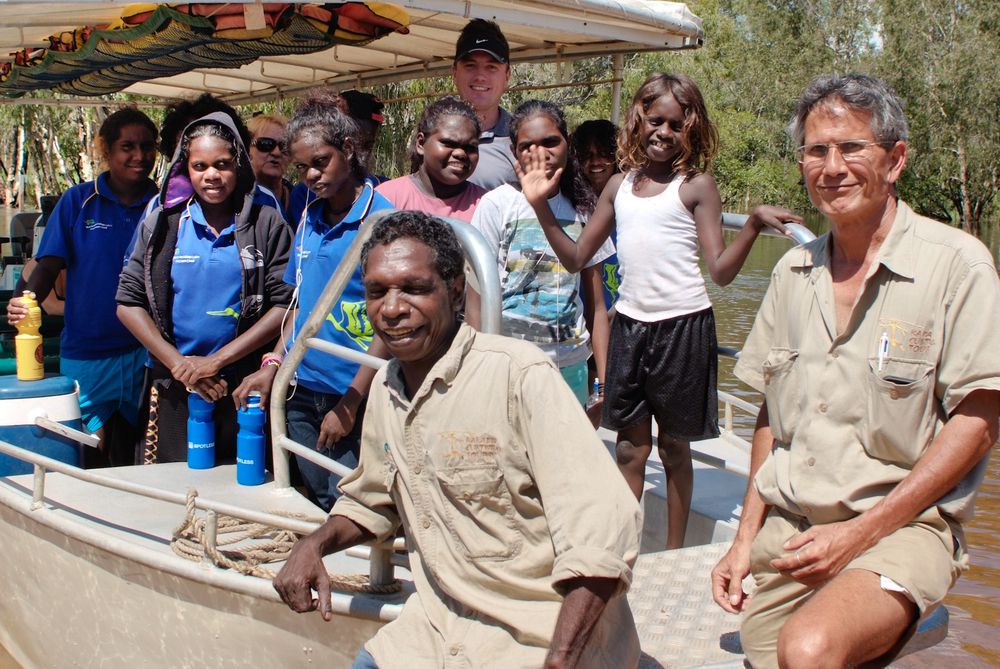 Neville Namamyilk and Trevor Wie from Kakadu Cultural Tours with students from Jabiru Area School and teacher Paul Pollock at Magela wetlands.
Neville Namamyilk and Trevor Wie from Kakadu Cultural Tours with students from Jabiru Area School and teacher Paul Pollock at Magela wetlands.
KAKADU is one of the most beautiful wetlands in the world. But for the Bininj kids on board the Kakadu Cultural Tours boat the Guluyambi, it goes so much deeper than that. For these children, the Jabiru Area School excursion the Magela Wetlands on Thursday 13 March is also about connecting with country.
Their guide for the day is Neville Namarnyilk, who also happens to be Bininj. Neville has a wealth of knowledge of the wildlife of the area, along with dreaming stories, traditional survival skills, bush tucker, and medicine. And he’s not shy about sharing it.
“It’s really important for these kids to come and see what’s here, to experience what’s in the billabong,” Neville says. “It’s pretty straightforward, explaining hunting skills to the kids, learning what bush tucker is available this time of year – like the wyuk, or waterlily, the file snakes, and of
course the fish are still on.”
Steering deftly between the trees in the Guluyambi – a local word meaning ‘paperbark raft’ – Neville points out the Anjimjim, the freshwater pandanus trees that line the waterway.
“You break off that one and it burns real slow, you can use it to carry fire from one camp to the next,” Neville says. “The women will dig around in the muddy roots of the Anjimjim for file snakes.”
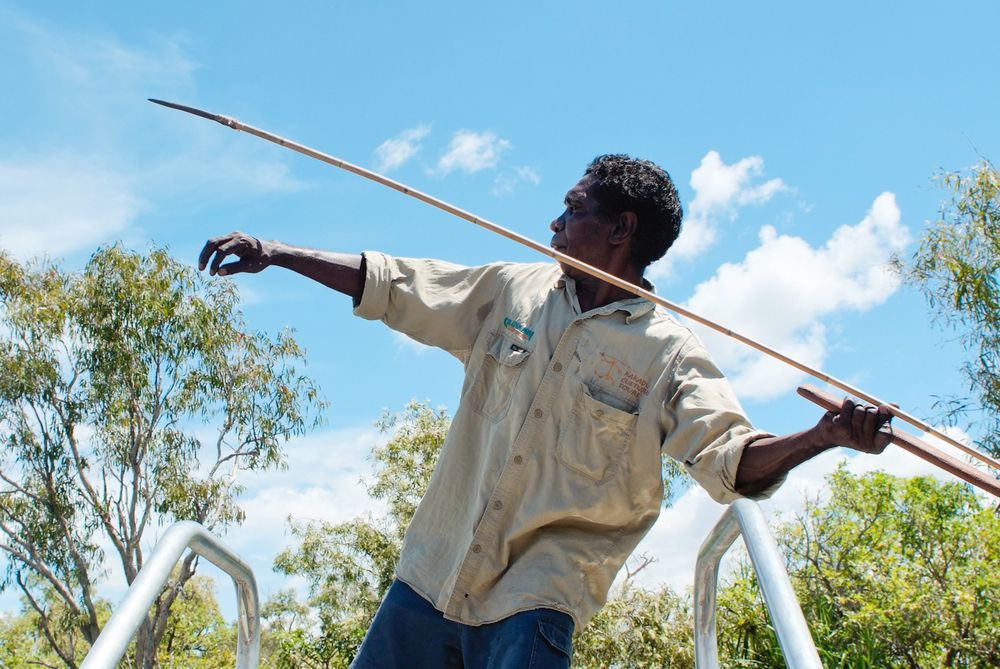 Neville Namarnyilk lets fly with a spear.
Neville Namarnyilk lets fly with a spear.
Stopping at the edge of a billabong, Neville shows the children fire sticks and a bondok, or woomera, explaining how it is made from heavy iron wood, as are spear tips. The spears are made from much lighter cane grass, tied tightly at the end with beach hibiscus bush rope to prevent it splitting from the force of the woomera, or spear thrower. Then there are the ceremonial spears used in traditional law. Neville points out where in the leg these can be used for punishment, and how the barbed ones need to be pulled through the wound, while others can be pulled back out.
Kakadu Cultural Tours operations manager Trevor Wie says it’s important for the Bininj
kids to hear such stories from one of their own people.
“As an indigenous association, it is important to us to be supporting the Connection to
Country, to achieve outcomes for the Bininj children, as well as the other kids in the school group,” Trevor says.
He says getting kids out onto country in the wet season is exciting for them.
“Especially when the excursion involves a boat ride on an area that they would not normally get to see,” he says. “The flooded paperbark forest is awe-inspiring, and the billabong offers sightings of Marrawuddi near, or on, their huge nests, as well as crocodiles beside their nests.”
Neville clambers onto the bow to harvest some wyuk, a lily with an edible stem.
“Keep your arms inside the boat,” he warns.
Paul Pollock, a Culture First Class teacher at Jabiru Area School, says the class, an amalgamation of Year 7 to 10 students, goes “out on country” every Thursday.
“We use this as a lens to achieve literacy and numeracy outcomes,” Mr Pollock says.
Trevor says Djabulukgu Association Incorporated, which runs Kakadu Cultural Tours, is happy support both the local school and the Children’s Ground program to assist in the children’s development. But he says the Kakadu Cultural Tour is open to everyone.
“It is the only local wet-season ground tour in the park that makes the rock art site at Ubirr accessible when the road is flooded,” he says. “This is possible due to the two Guluyambi boats operating on Magela Creek and delivering passengers to the Ubirr side of the flooded road, where tour vehicles have been left earlier in the season before the flooding.”
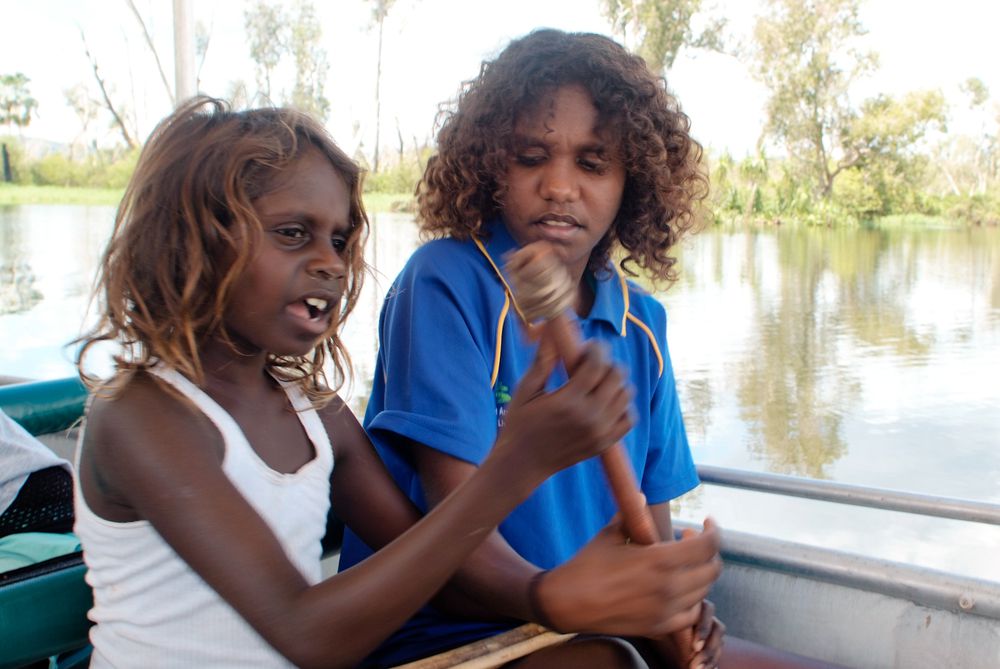 Kids checking out the bondok, or spear-thrower.
Kids checking out the bondok, or spear-thrower.
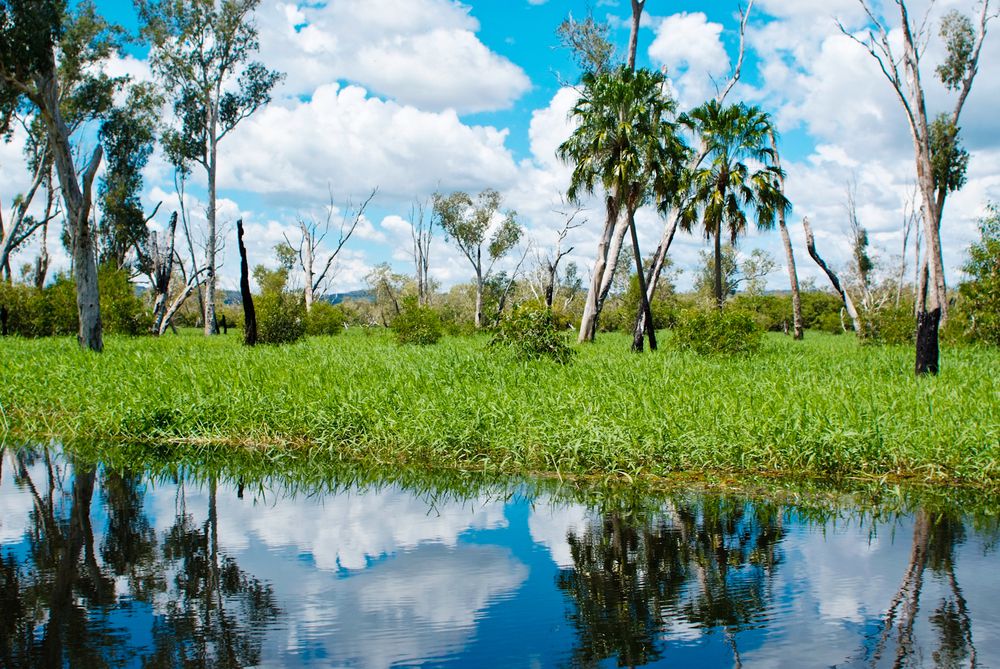 The Magela wetlands in Kakadu host an abundance of bush tucker.
The Magela wetlands in Kakadu host an abundance of bush tucker.
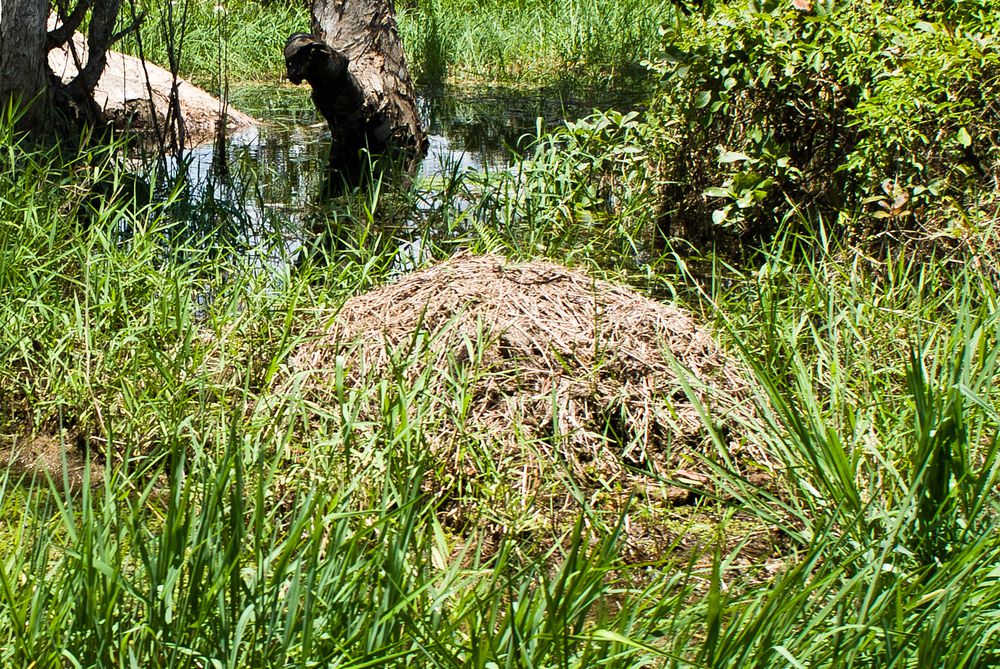 A crocodile nest in the wetlands.
A crocodile nest in the wetlands.
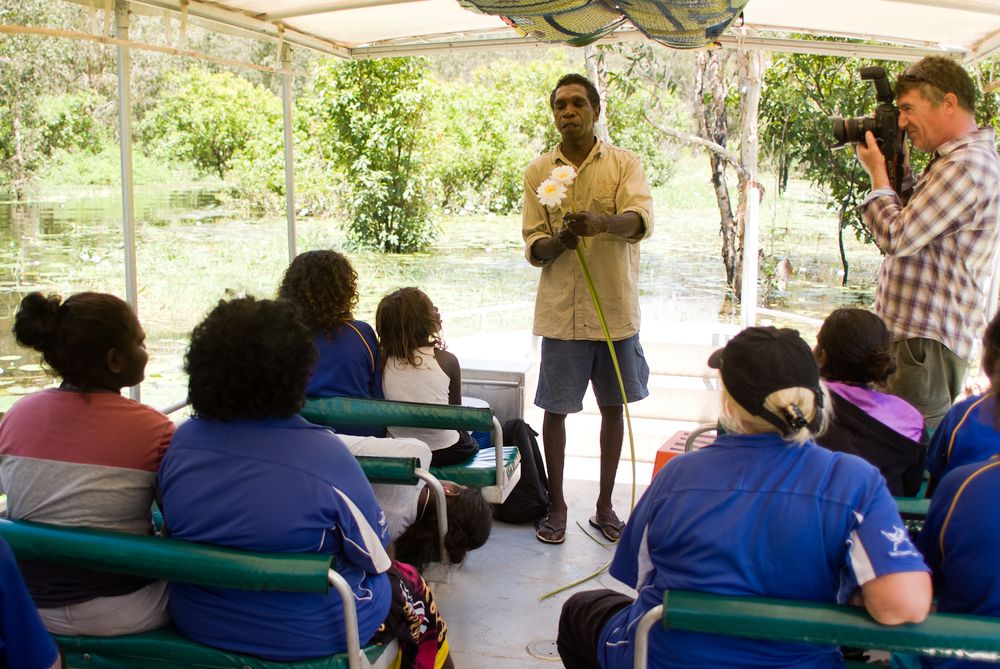 Neville with an edible 'wyuk' or water lily.
Neville with an edible 'wyuk' or water lily.

